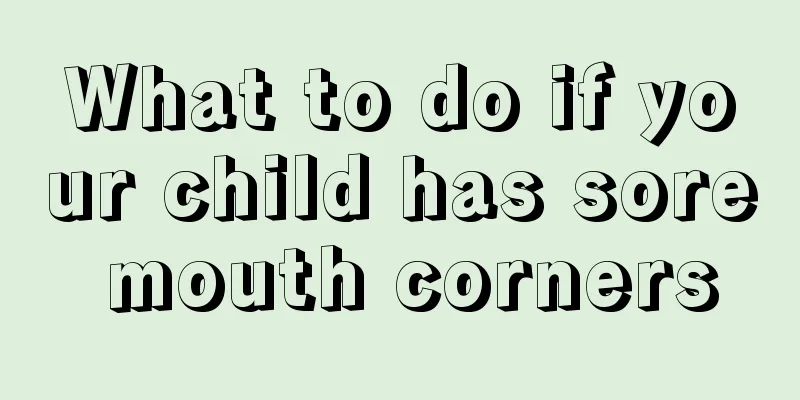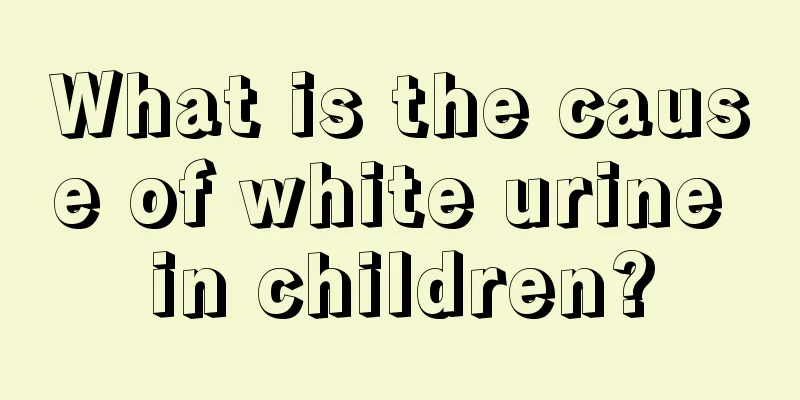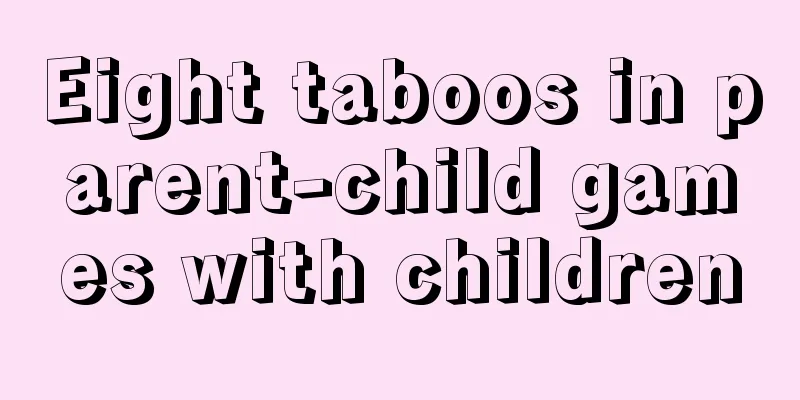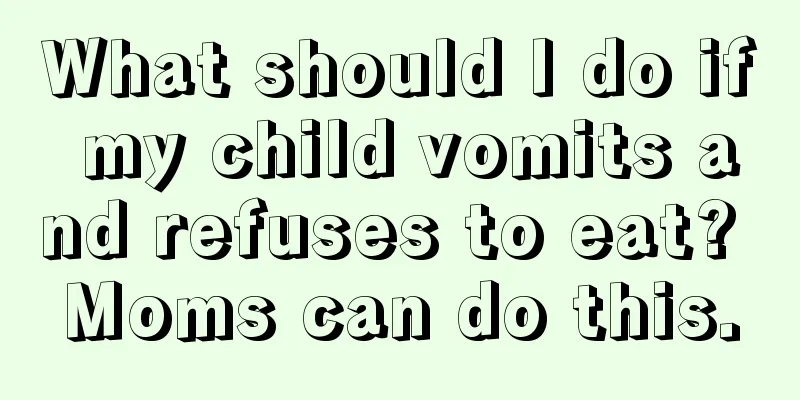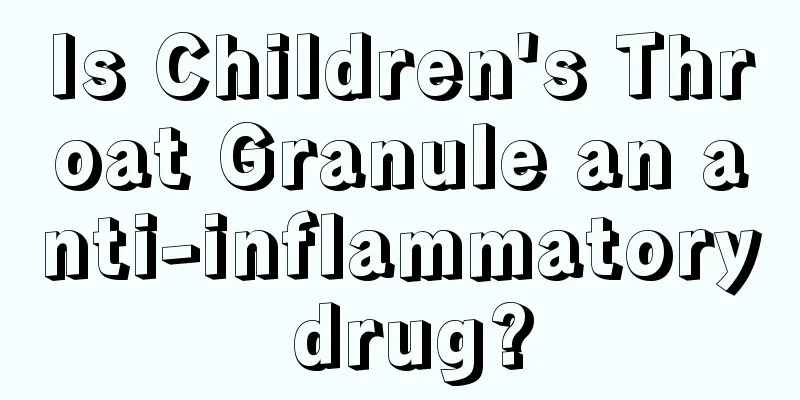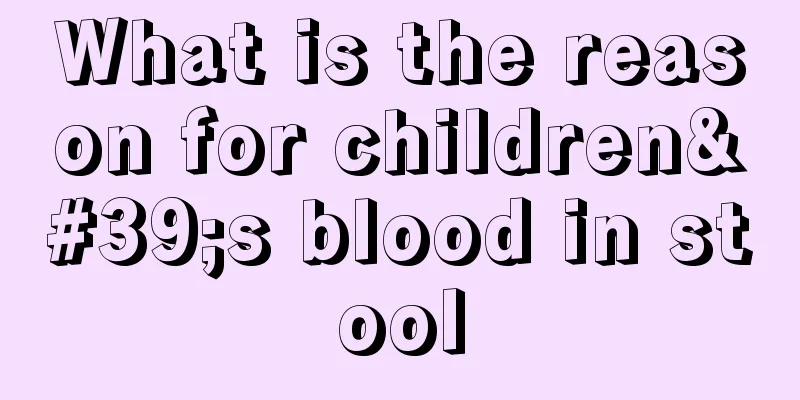Precautions for acute laryngitis in children
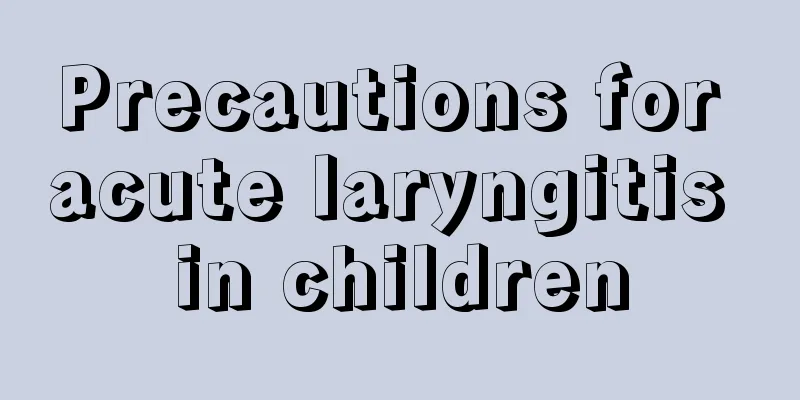
|
We all know that if children are sick when they are young, parents will be very worried, because the disease will torture them and make them lose their spirits. In addition, the incidence rate of acute pharyngitis in children is also relatively high. After getting it, children are likely to feel difficulty breathing and may even cause some lung infections. So what are the precautions for children suffering from acute pharyngitis? Acute laryngitis in children is common in children aged 6 months to 3 years. It is an acute inflammation of the laryngeal mucosa, mainly in the glottis area. It can be caused by viral or bacterial infection, often secondary to upper respiratory tract infection, and can also be a precursor symptom or complication of certain acute infectious diseases. The main symptoms are hoarseness and a barking cough. In severe cases, it can lead to laryngeal obstruction and be life-threatening. Traditional Chinese medicine calls it "throat wind, laryngeal sound, laryngeal paralysis" etc. Acute laryngitis in children usually has an acute onset and progresses rapidly. If it is not diagnosed and treated promptly and effectively, serious complications and sequelae may occur. Therefore, if you are sick, you should go to the hospital as soon as possible. The reason why the incidence of acute laryngitis in children is the highest at this time is that the weather is relatively cold in this season, and children have poor resistance. They are easily caught cold by the slightest change in the weather, leading to upper respiratory tract infection (commonly known as cold, flu), among which severe cases will cause acute laryngitis. Cause: Similar to adults, often combined with acute infectious diseases or upper respiratory tract infections. Symptoms: The onset is often acute, and most children have fever, often accompanied by cough, hoarseness, etc. If inflammation invades the subglottic area, it will cause a croup-like cough, and the symptoms are often aggravated at night. Severe cases may experience laryngeal striae and dyspnea during inspiration, sinking of the suprasternal fossa, supraclavicular fossa, intercostal space and upper abdominal soft tissue during inspiration (clinically known as the three-depression sign), irritability, flaring of the nostrils, cold sweats, and a rapid pulse. Examination: Direct laryngoscopy (indirect laryngoscopy cannot be performed if the child is uncooperative) can show that the laryngeal mucosa is congested and swollen, especially in the subglottic area, which makes the subglottic area narrower. The mucosal surface is sometimes covered with sticky secretions. Treatment: General treatment is the same as for acute laryngitis in adults. The main points are: (1) Give adequate doses of antibiotics systemically. (2) For those with mild breathing difficulties, hormone preparations should be added, and oxygen inhalation and appropriate amounts of sedatives should be given at the same time. If hormone infusion is ineffective for 1-2 hours, tracheotomy should be considered. (3) Morphine and atropine-type drugs are prohibited to avoid suppressing breathing and drying out the respiratory mucosa. |
<<: Darkening of lower eyelids in children
>>: I had jaundice and hepatitis when I was a child.
Recommend
How to make pork rib soup for eight-month-old baby
Pork rib soup is rich in nutrients and can be use...
What's on the baby preparation checklist?
Before the newborn baby makes a sound, expectant ...
Calcium supplement recipes for 10-month-old babies
Calcium supplementation for children is a particu...
What to do if your child vomits after eating
Children's digestive systems are actually not...
What should I do if my child has mild thalassemia?
The so-called thalassemia is actually thalassemia...
What causes bad breath in a three-year-old child?
In life, some parents find that their babies also...
Tips for babies not sleeping at night
Many mothers are troubled by their babies not sle...
Is it because my child is growing taller if his legs hurt?
Parents pay extra attention to their children'...
What are the recipes for 24-month-old babies?
A 24-month-old baby is exactly two years old at t...
Causes of constipation in newborns
Every family will be very happy when a new baby i...
What causes stomachache in children?
As a parent, you must be worried about the discom...
Baby has coffee spots on forehead
The face of a newborn baby is usually very smooth...
How to treat rickets in infants
Infantile rickets is a relatively common disease....
Can babies eat barley porridge?
Red bean and barley porridge is a very common por...
Is it good for children to eat pears when they have a fever?
Children will catch a cold from time to time in t...

